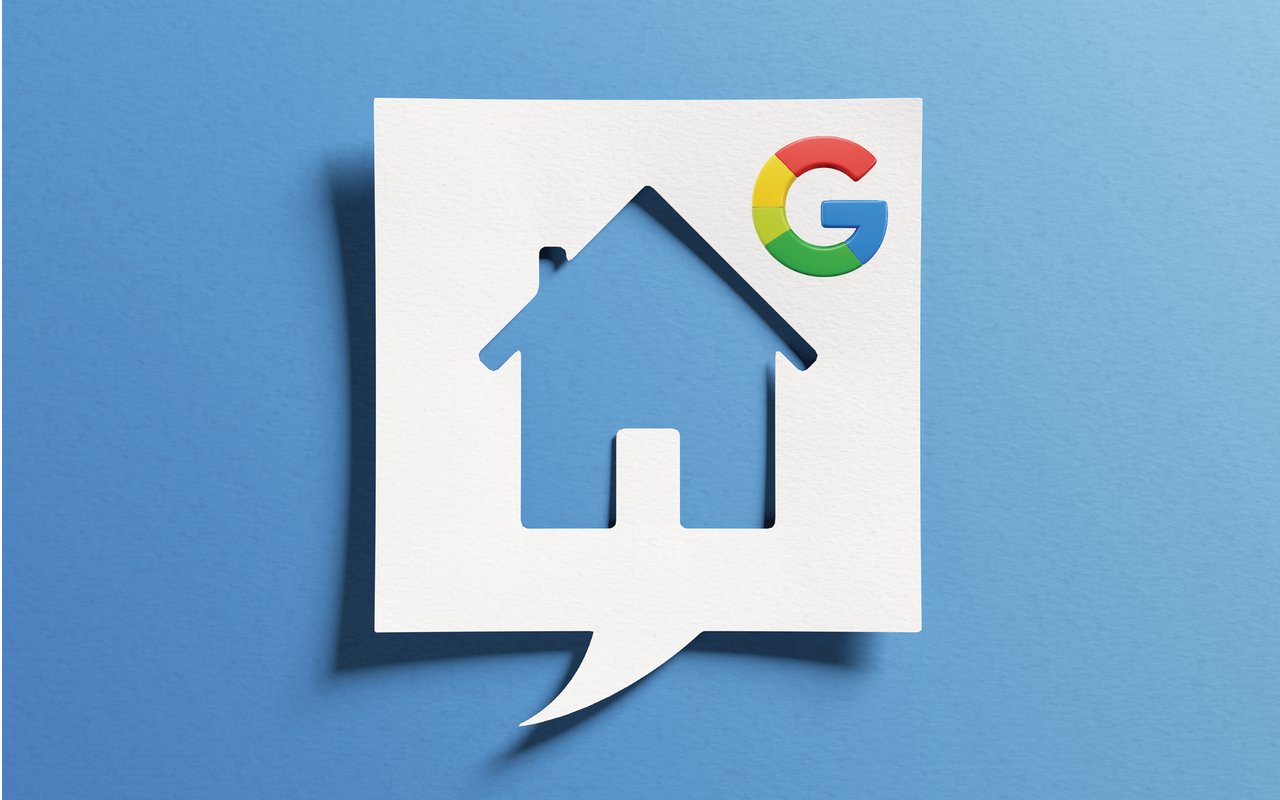May 20, 2021
In 2015, Luis Mota opened his first Mexican restaurant on the Lower East Side of Manhattan.
He hoped to have lots of happy customers, so he named the restaurant La Contenta, meaning “the happy” in English.
His hard work paid off, the restaurant took off, and he opened a second location in short order.
He refused to allow home delivery service, saying “the food suffers too much.”
Luis was on the verge of opening his third location when the pandemic hit.
Within weeks, he had to lay off most of his staff and barely kept his restaurants alive with PPP loans and other government assistance.
With his back against the wall, Luis was forced to adapt, and fast.
What was his pivot?
A “ghost kitchen.”
This term was coined in a 2015 NBC exposé about dubious underground food processing establishments in New York City that used multiple fake restaurant names and addresses on GrubHub to sell their food.
Not surprisingly, the sting revealed that most of them were unpermitted.
Ironically, this paved the way for legitimate delivery-only restaurants, which are now referred to as ghost kitchens, cloud kitchens, virtual kitchens, or dark kitchens.
It was a business model waiting to happen.
As food delivery has grown, established restaurants have turned to ghost kitchens to handle the increased volume. Food preparation teams from several restaurants often work in the same ghost kitchen.
Located in less densely populated areas, ghost kitchens have parking areas for multiple delivery vehicles. They also allow for the creation of virtual restaurant brands that exist only online, with no brick-and-mortar presence.
Cost Advantages
Ghost kitchens enjoy an array of cost-saving benefits compared to their brick-and-mortar counterparts. The absence of a dining area reduces the square footage of the facility, dramatically lowering the rent cost. Location matters less, so ghost kitchens can operate in cheaper areas. Unlike traditional restaurants, there’s no need to hire servers, greeters, do renovations, or have physical menus. Therefore, Ghost kitchens operate at a fraction of the cost of regular restaurants.
Enhanced Production
A brick-and-mortar restaurant with multiple employees typically delivers 15 to 20 orders an hour. A ghost kitchen with just a few employees can deliver 60 orders an hour. Ghost kitchens also facilitate experimentation with new menus, new brands, and new concepts easily, at very low risk. Menus can be quickly adjusted to match current trends or target varied demographics with a variety of cuisines.
Customer Data
The online nature of ghost kitchens makes it easy to collect data and gather analytics because every customer must provide a name, address, and credit or debit card info. This helps these businesses make data-driven decisions, track the popularity of various menu items, easily obtain customer feedback via ratings, and adjust their menus and business models accordingly.
Exponential Growth
During the COVID-19 pandemic, ghost kitchens helped restaurants avoid big losses, minimize employee layoffs, and create more jobs for delivery services. In 90 days, the pandemic accelerated the growth of ghost kitchens to where they were predicted to be in five years. This spike is projected to create a 1 trillion industry in less than 10 years.
Here are some big-name restaurant chains that started ghost kitchen brands:
- Chuck E. Cheese – Pasqually’s Pizza & Wings
- Denny’s – Melt Down and Burger Den
- Chili’s – Just Wings
- Outback Steakhouse – Tender Shack
Want to Open a Ghost Kitchen?
Go to CloudKitchens.com, where they tout “Restaurants, reimagined...We’re taking restaurants to a whole new place, where seamless delivery is prioritized, costs are minimized, and profits are maximized. All you have to do is cook.”
A ghost kitchen only takes 3-4 weeks to set up as opposed to a traditional restaurant, which can take months or even years. There are now over 1500 ghost kitchens operating in the United States.
If you want help, you can partner with a company like Reef, which started as a parking business in 2013 but found its niche by developing restaurant concepts, leasing ghost kitchen space, and selling food via delivery and takeout.
Reef also teams up with local chefs and creates its brands. Pre-pandemic, Reef had 50 kitchens in 18 cities. Today, it boasts more than 120 kitchens in 21 cities.
Some chefs (like Luis Mota from the intro story) predict the end of the cooking “art form,” lamenting, “I feel like it’s so impersonal, just cooking to go, it’s like losing your soul.”
But Reef’s Chief Creative Officer, Alan Philips, says ghost kitchens will proliferate and constitute a “renaissance of the restaurant industry.”
Philips also believes Reef is a way for smaller indie restaurants (especially those that aren’t tech savvy) to not only survive, but thrive, saying, “I see us as an enabling platform, working with restaurants to make their concepts scalable. For most restaurants that Reef helps, profit margins go up 5 to 10 percent.”
Philips notes that the most exciting thing is that “now anyone with a great idea can open a restaurant without investing a million dollars.”
Bob Dylan’s birthday is this month (May 24). What he sang in 1964 is as true today as it was then.
The times they are a-changin'.
So the next time you order from Uber Eats, Grubhub, or DoorDash, ask yourself:
Is there a ghost in the kitchen?




